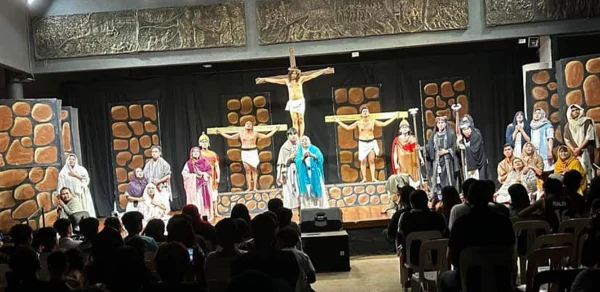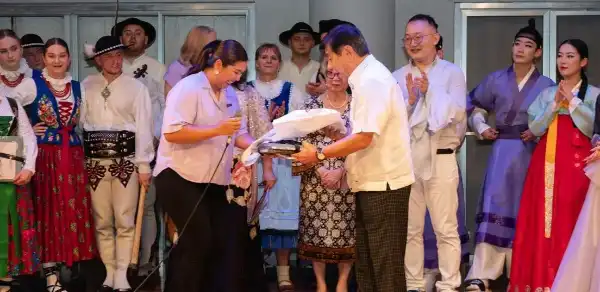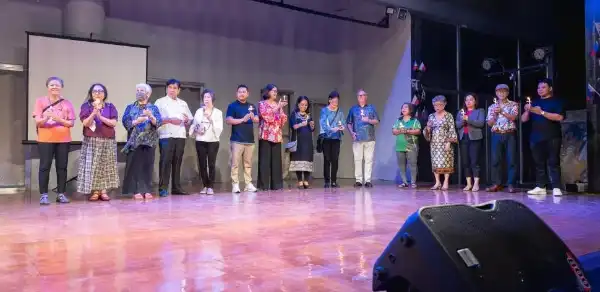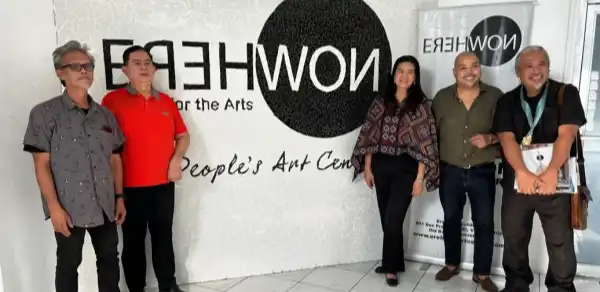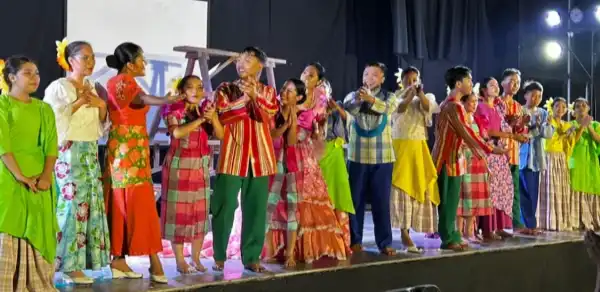Erehwon Opens Its Doors to Free Theater Shows
Erehwon Center for the Arts further showcased the grand transformation of its outdoor performance stage by continuing its ...
Read More Erehwon Ends 2024 with International Dance Performances
Bayanihan Executive Director Marielle Javellana and Erehwon Foundation president Jesus Varela (center) exchange gifts on behalf of their ...
Read More Erehwon Opens Newly Transformed Grand Performance Stage; Naming Rights Offered
With a blessing from Father Rowen Z. Carlos of the Congregation of the Mission (CM), Erehwon Center of ...
Read More “Amon Banwa sa Lawud” is Best International Feature Film
"Amon Banwa sa Lawud" (Our Island of the Mangrove Moons), co-produced by the Erehwon Center for the Arts ...
Read More Chavacano Artists Exhibit at Erehwon
Artists based in Zamboanga exhibited their talents in Metro Manila through the group show, "What Are You Made ...
Read More Hampak: A Festive Anniversary Celebration of Dance
Erehwon Dance Company celebrated its fifth anniversary by presenting a colorful celebration of Philippine dances through "Hampak." Choreographed ...
Read More 
